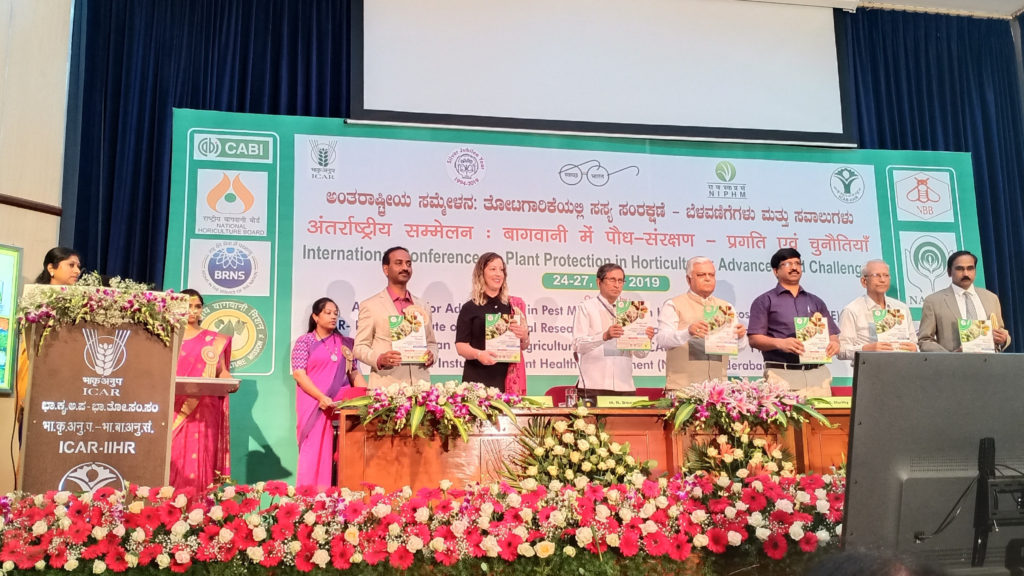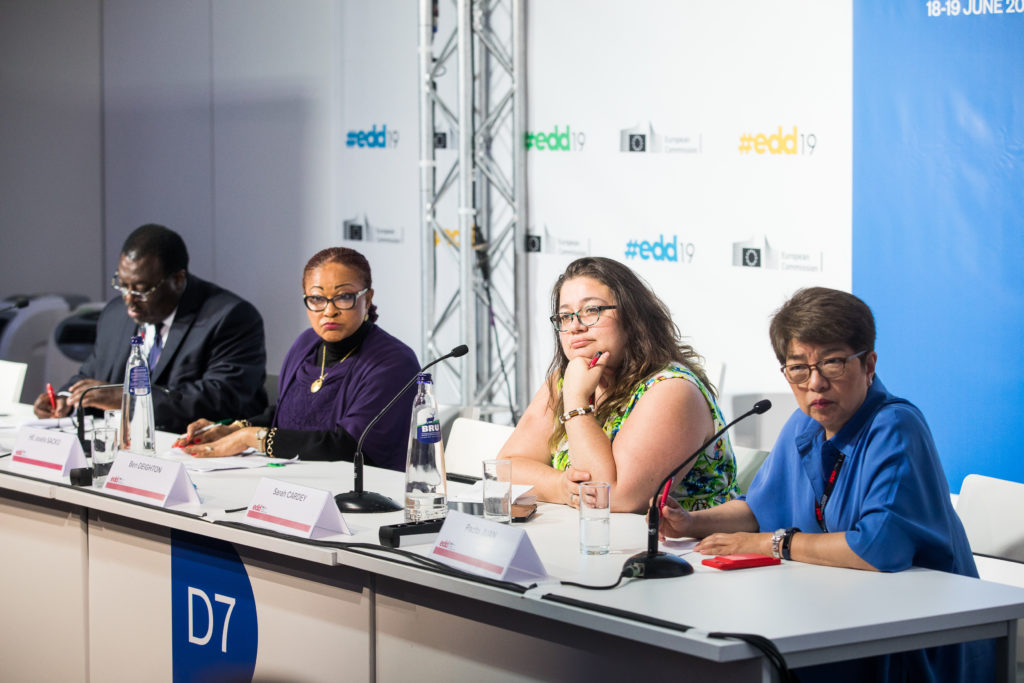CABI programmes showcased at International Conference on Plant Protection in Horticulture
CABI programmes, Plantwise and Action on Invasives, have showcased their expertise in plant protection and improving rural livelihoods to a global audience of agriculture experts and scientists at the recent International Conference on Plant Protection in Horticulture held at ICAR-Indian Institute of Horticultural Research, Bengaluru.
Test your plant health knowledge with the plant doctor quiz
>> Latest quiz just added Plantwise plant doctors are at the heart of our plant clinic network providing advice and information to farmers, logging their data for the Plantwise Knowledge Bank, and always adapting to new outbreaks and technologies. Think you’ve got what it takes to be a plant doctor? Take our online plant health…
Soil-dwelling worms threatening farmers’ livelihoods
By Wilson Odhiambo. Originally published on SciDev.Net. As soil-dwelling worms threaten smallholders’ livelihoods, governments should act fast, writes Wilson Odhiambo. David Magondo, a father of three from Central Kenya, has been farming for over 35 years in an activity that has helped him feed and take care of his family. But the once dependable source…
Diverse user testing groups critical for downloads and sustained usage of agricultural apps
For poor, rural communities, agriculture is seen as a pathway out of poverty and when considering agricultural development, we often look to digital solutions; ICT for development. But how much are these technologies taken up and more importantly, actually used by their target end users? In a recent paper, published in Journal of Agricultural &…
Test your plant health knowledge with the plant doctor quiz
>> Latest quiz just added Plantwise plant doctors are at the heart of our plant clinic network providing advice and information to farmers, logging their data for the Plantwise Knowledge Bank, and always adapting to new outbreaks and technologies. Think you’ve got what it takes to be a plant doctor? Take our online plant health…
Transforming farmers and plant doctors into pest-smart agents in their communities
By Sathis Sri Thanarajoo. Reblogged from the CGIAR research program on Climate Change, Agriculture and Food Security blog. Pest-Smart program aims to increase the awareness of farmers on alternative pest-related practices and enhance the capacity of plant doctors in dealing with pests and diseases. Farmers and plant doctors in Ekxang Climate-Smart Village (CSV) in Laos were trained…
Agriculture should be a source of pride and a good economy
The 2019 European Development Days (EDD), held 18-19 June in Brussels focused on ‘addressing inequalities: building a world which leaves no one behind’. CABI convened a panel at this year’s edition on inequalities in agriculture and how these are a threat to sustainable development, preventing farmers from reaching their potential. EDD is an annual event…
Test your plant health knowledge with the plant doctor quiz
>> Latest quiz just added Plantwise plant doctors are at the heart of our plant clinic network providing advice and information to farmers, logging their data for the Plantwise Knowledge Bank, and always adapting to new outbreaks and technologies. Think you’ve got what it takes to be a plant doctor? Take our online plant health…
How can tomato farming be improved in Kenya? Study finds producers face a ‘myriad of constraints’
In a recently published paper in Scientific African, CABI’s Willis Ochilo led on a study which captured a better understanding of tomato producers in Kenya, describing in detail the production practices in order to identify challenges and opportunities for increasing tomato productivity for the country’s smallholder communities. Tomato is a good source of vitamins A…








